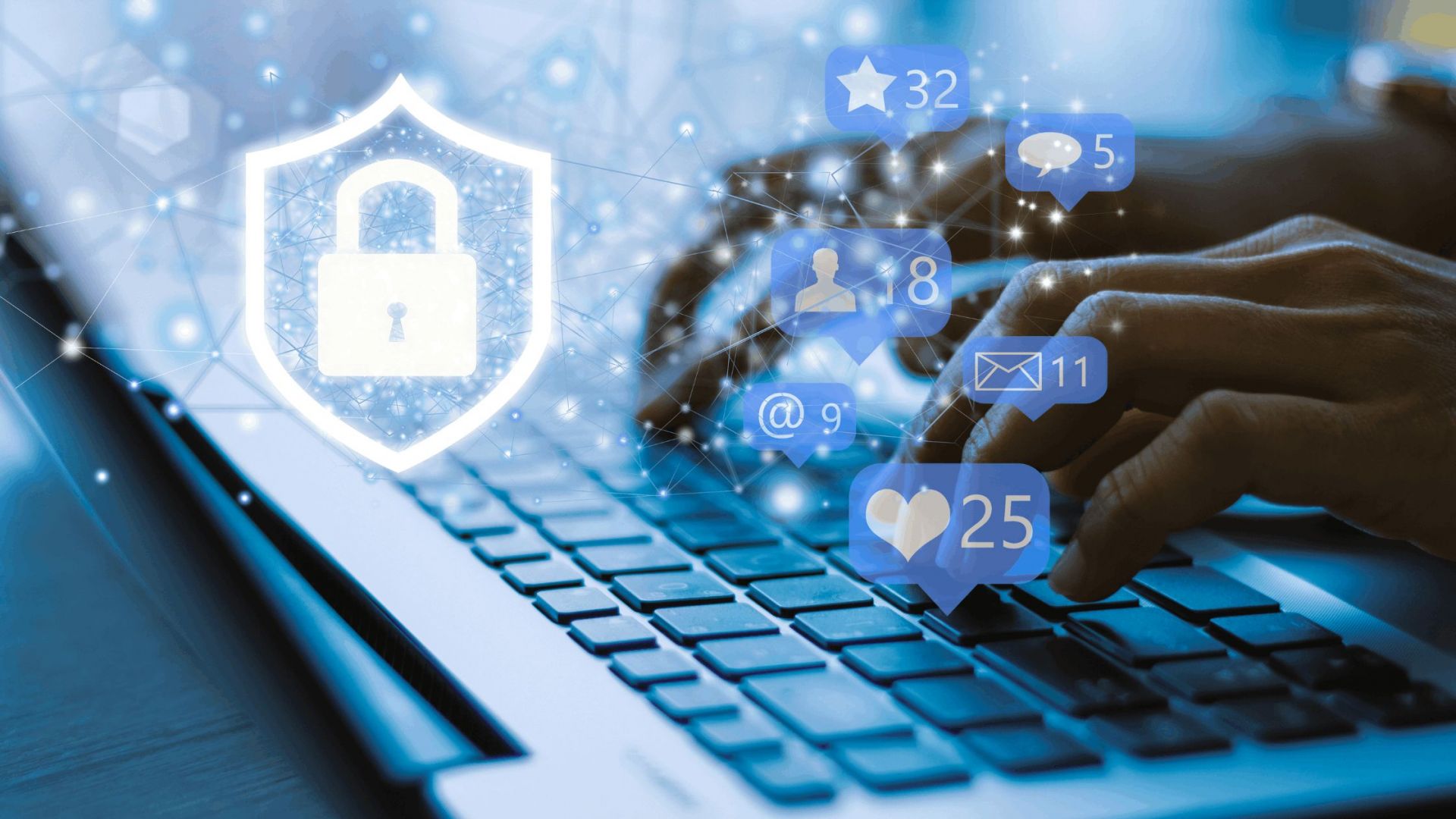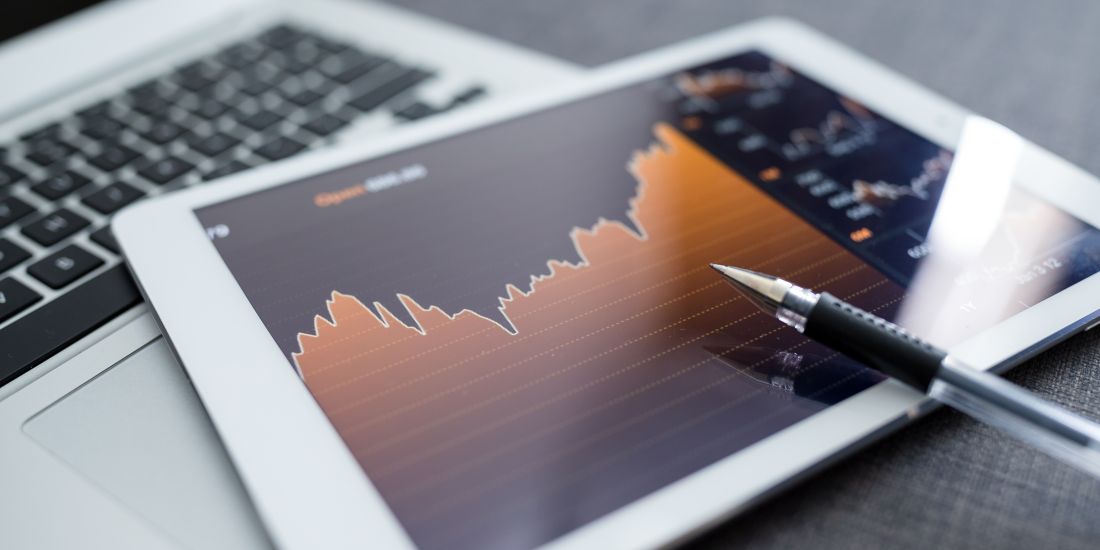
Why You Need Attack Surface Management (and how To Achieve It)
Digitalization has had a huge impact on the way the world functions. It has brought a lot of possibilities to our fingertips. It has become possible to work from anywhere in the world and yet stay connected to the organization. Digitalization also has paved roads for a lot of businesses.
In today’s digital world, there are a lot of businesses happening through the internet. A lot of sensitive data is shared every second on the web between two parties. The internet has opened doors to many possibilities and convenience as the number of internet users does not seem to go down.
With the high convenience the internet has to offer also comes increased risk. Confidential data should be protected from threats to ensure the smooth functioning of a company. There are different types of sensitive data ranging from employee details, deals, agreements, vault information, passwords, codes, etc.
When a threat gets hold of these data, it gives them the power to use them for their personal use, leading to many damages. To avoid this, a company should take up safety measures such as attack surface management as a top priority.
Before discussing why you need attack surface management, you need to understand what is attack surface management.
What Is An Attack Surface?
An attack surface is the sum of vulnerabilities connected to the hardware and software of a system that cybercriminals can manipulate and hack into the system. Attack surface management is the process of assessing and monitoring the attack surface to prevent this from happening.
Why You Need Attack Surface Management
To Assess Your CyberSafety
When a business revolves around digital transformation, cloud migration, or it is possible to lose track of the attack surface. Attack surface management identifies the blind spots and forgotten assets under threat that are often missed. This process helps the organization increase its safety precautions and prevent the system from a possible attack.
Understanding the Risk Better
When an attacker approaches, they often attack the underlying software exposed to the internet then attack the IP address, hostname, or port directly. Attack surface management discovers these targets and works for remediation. It considers how the software is deployed and understands its vulnerabilities and weaknesses better.
To Increase Security
Attack surface management increases an organization’s overall security. Having the right attack surface management software in place also alerts the organization about any threats around the monitor perimeter. The software also alerts you during a sudden change in the system and prioritizes action.
The growth in technology has enhanced many businesses and puts them in a place of vulnerability from threats and cybercriminals.
With increasing remote working possibilities in the digital era, every individual is managing their own networks and making decisions that impact the attack surface that touches their coworkers. With faster networks and cloud computing development, the risk of attack surfaces has also exponentially increased.
To be able to deal with this, there should be an understanding that attack surface management is just a tool. Every employee must be proactive and prioritize safety measures over convenience, and doing so will keep the attack surface keep pace.





